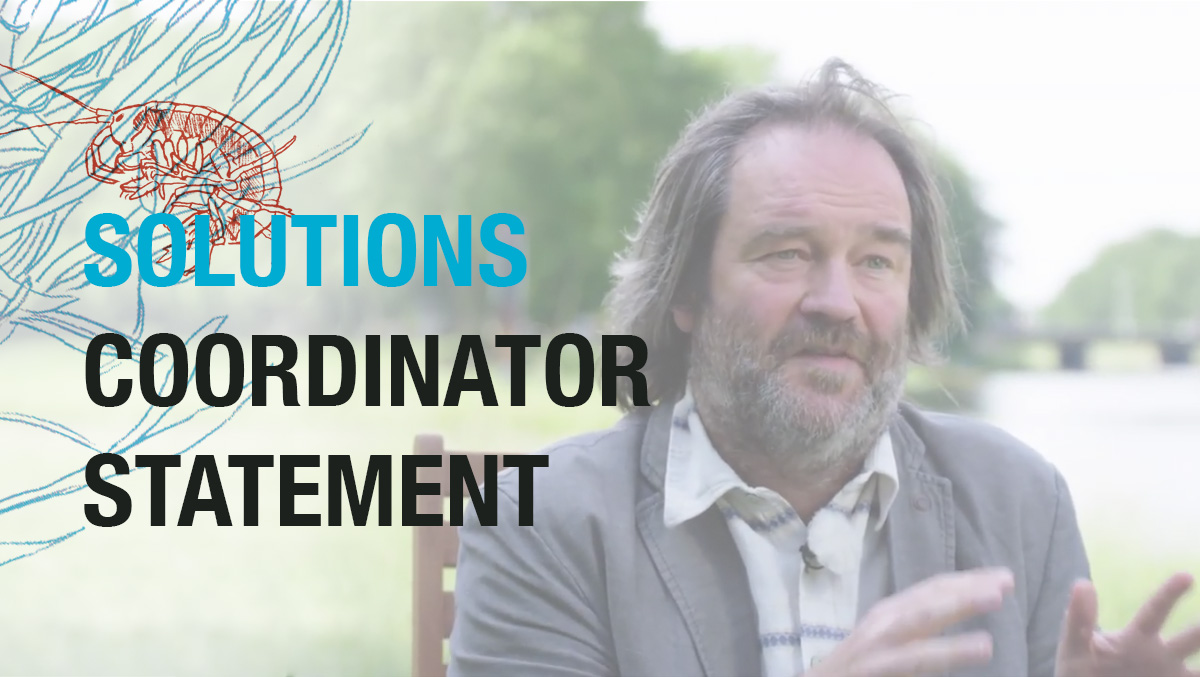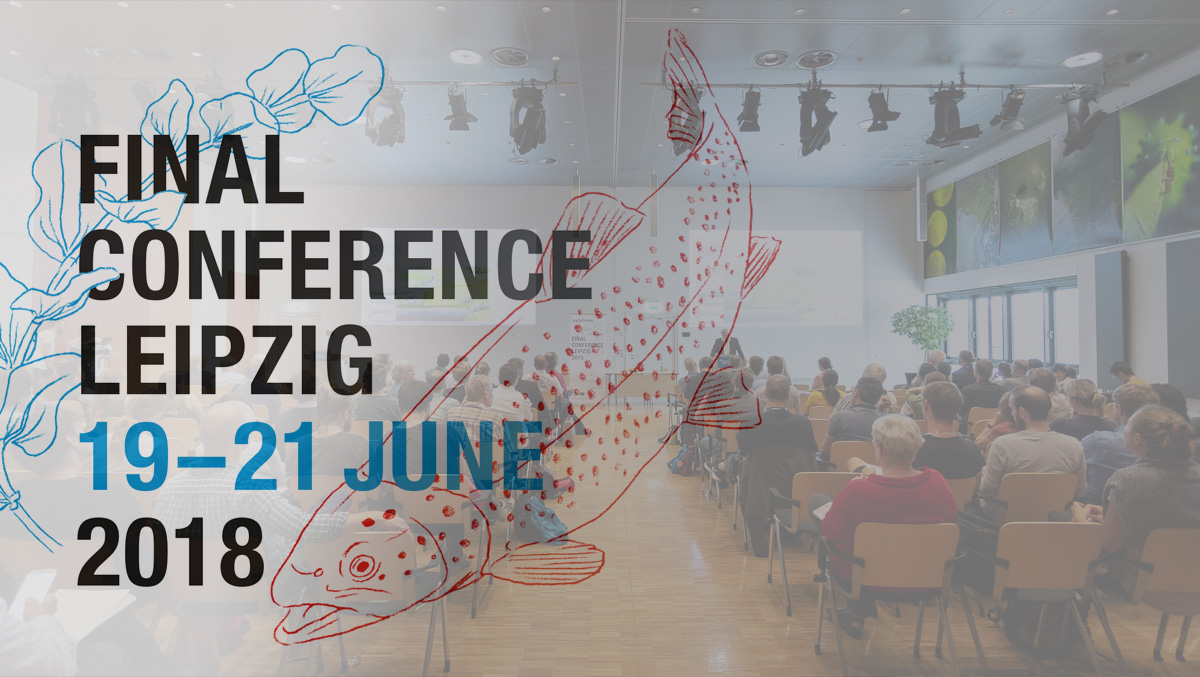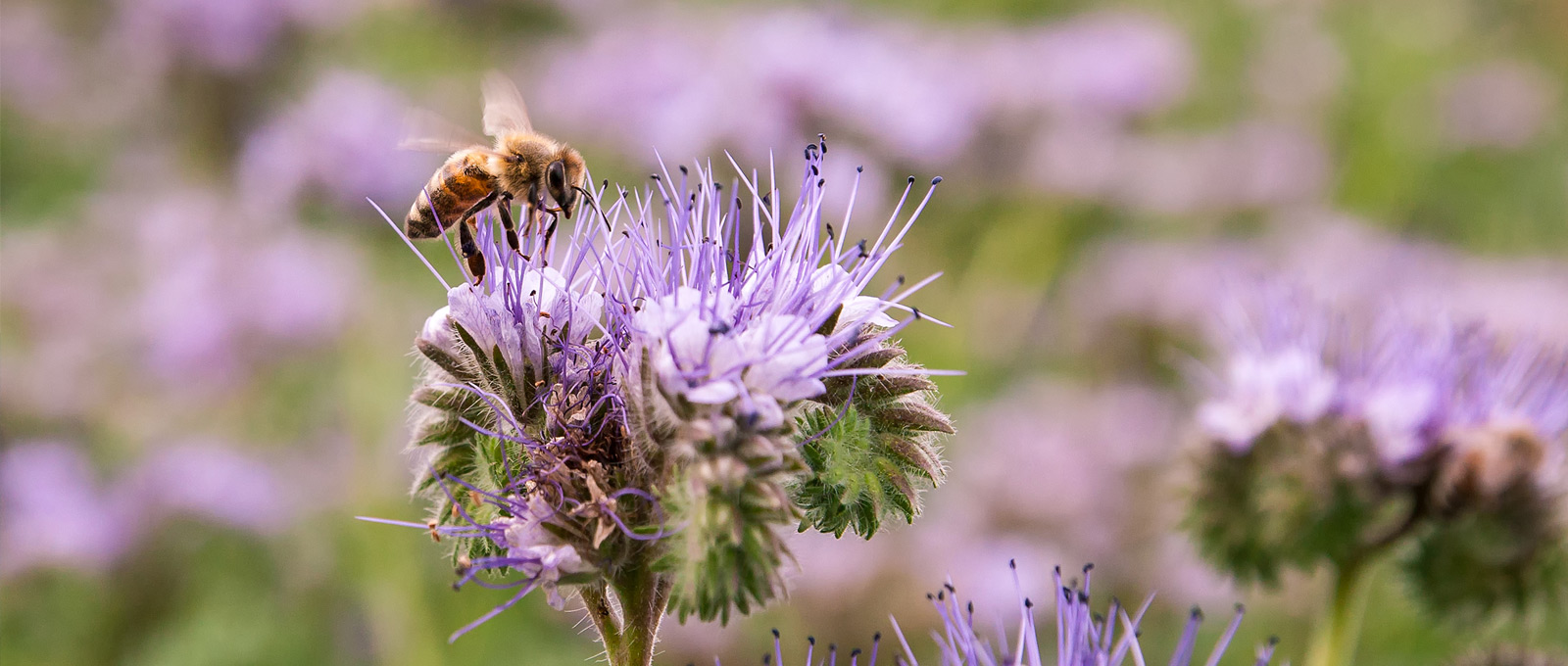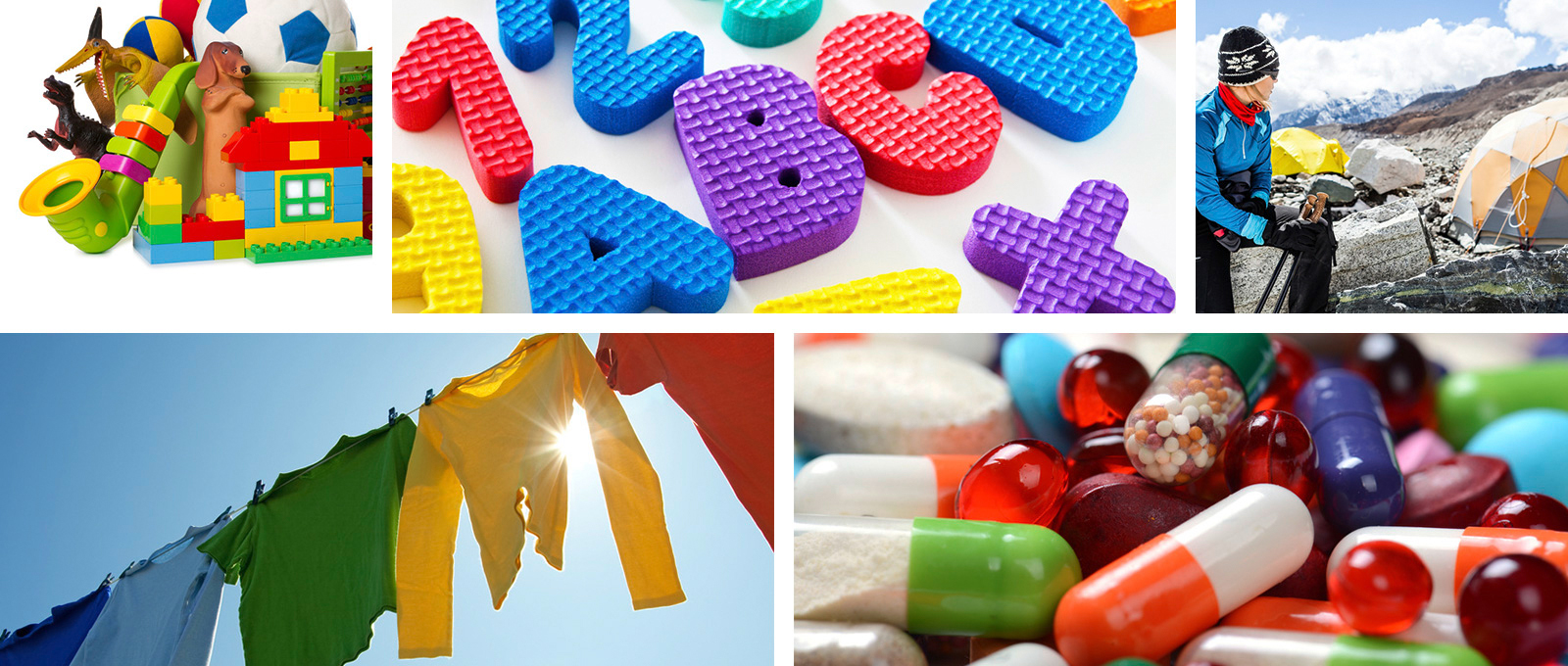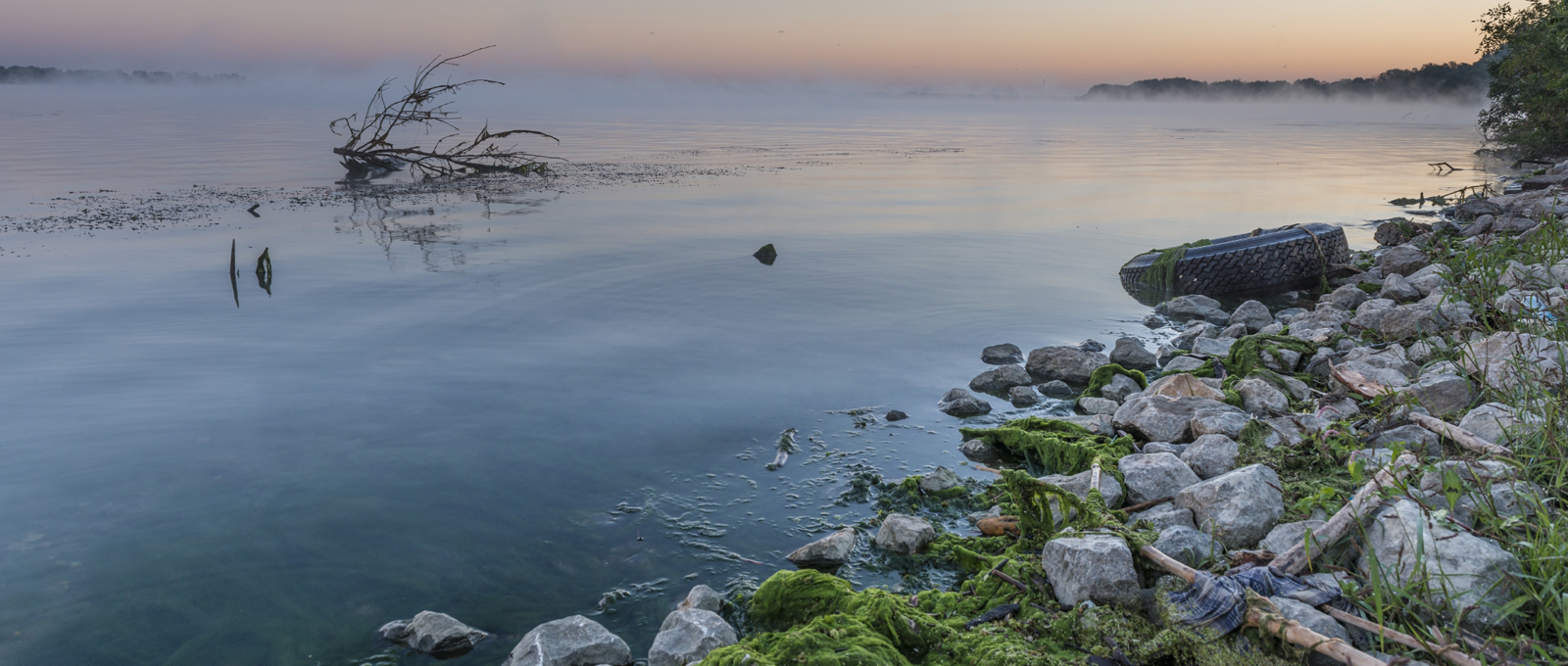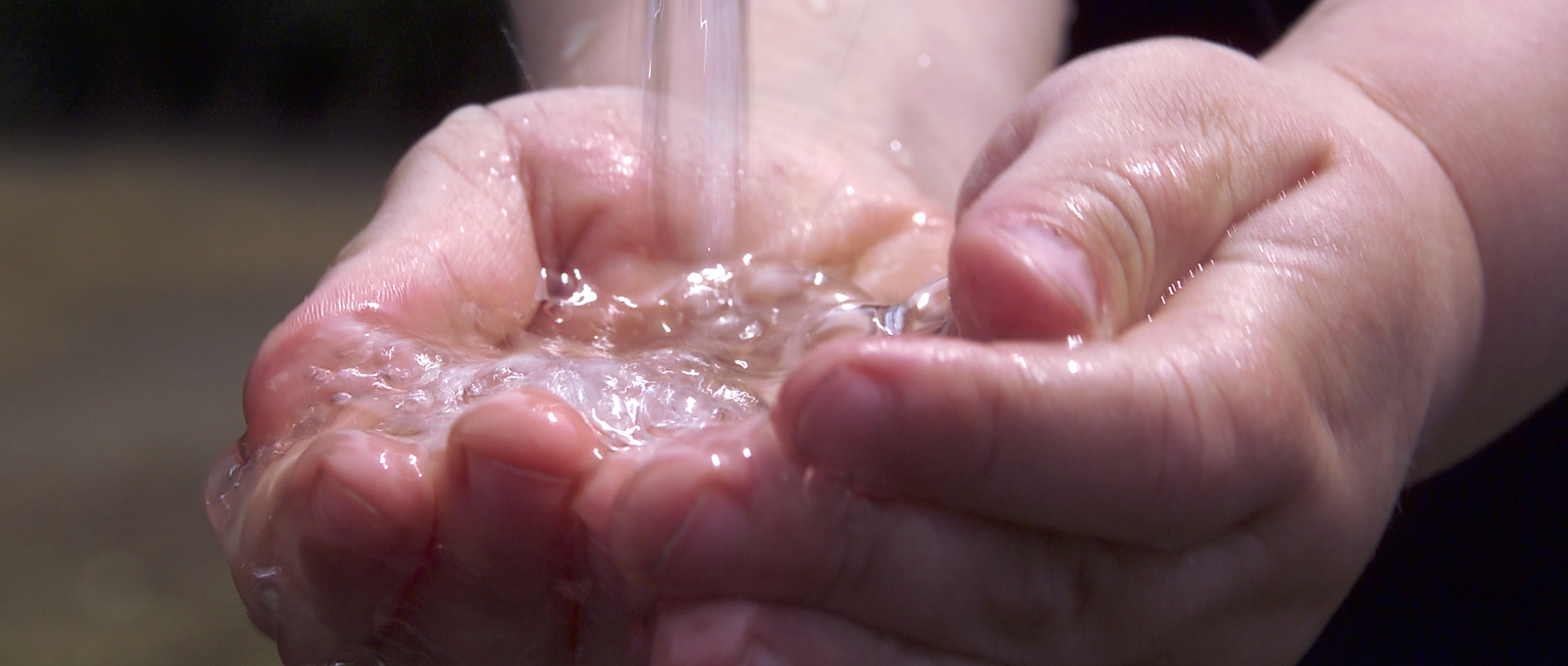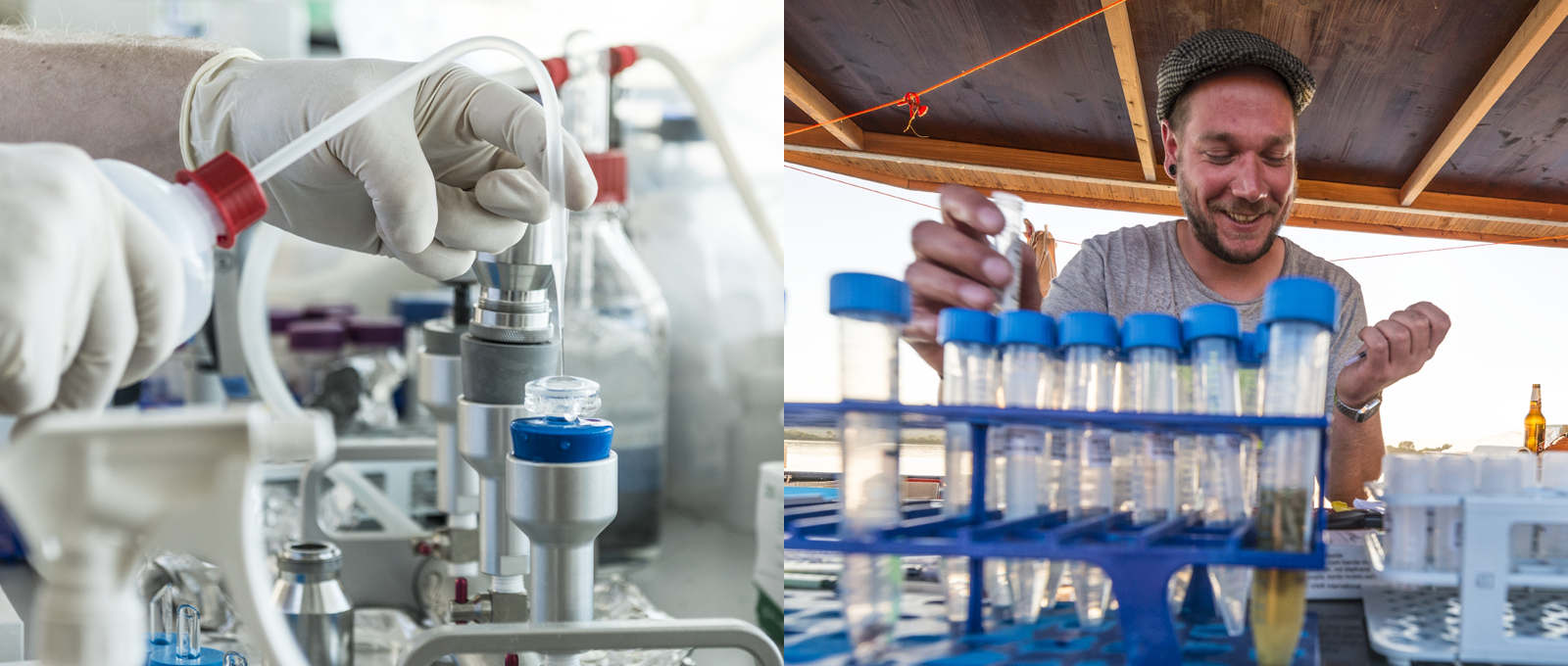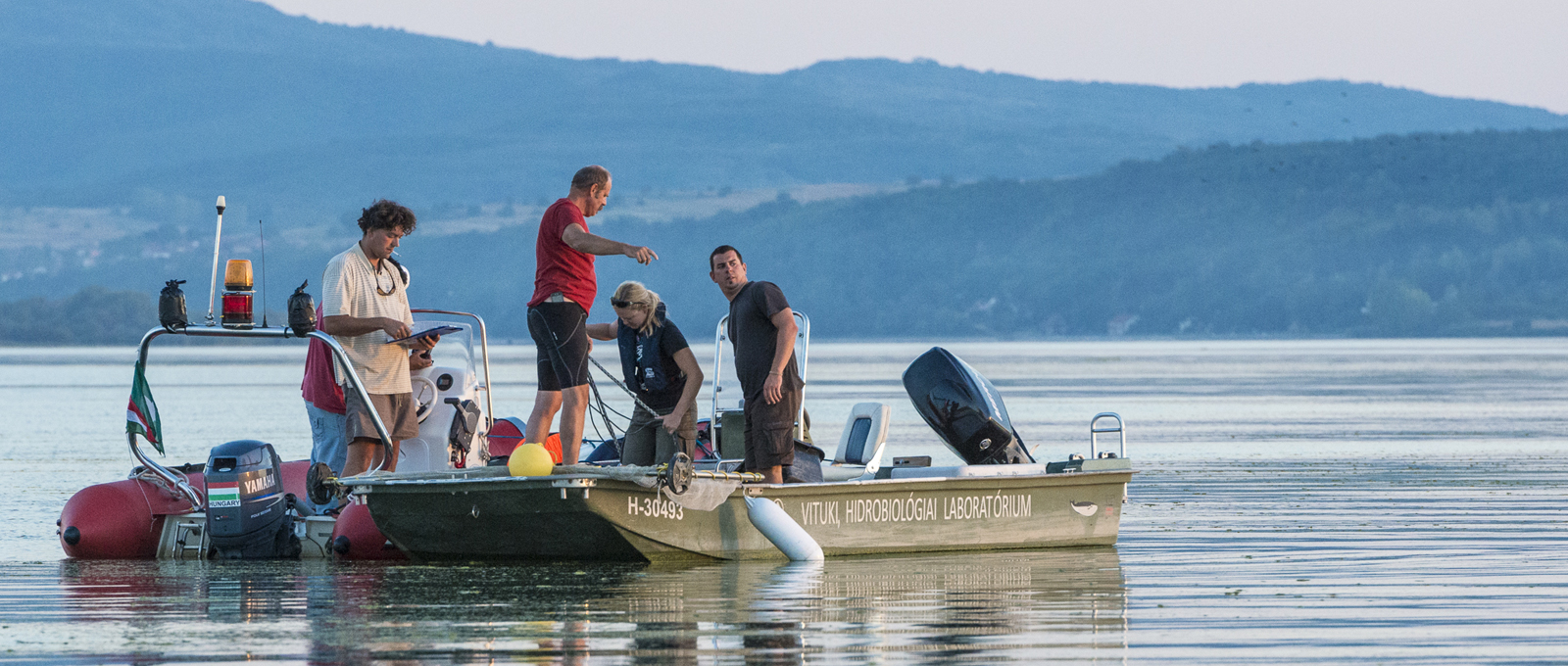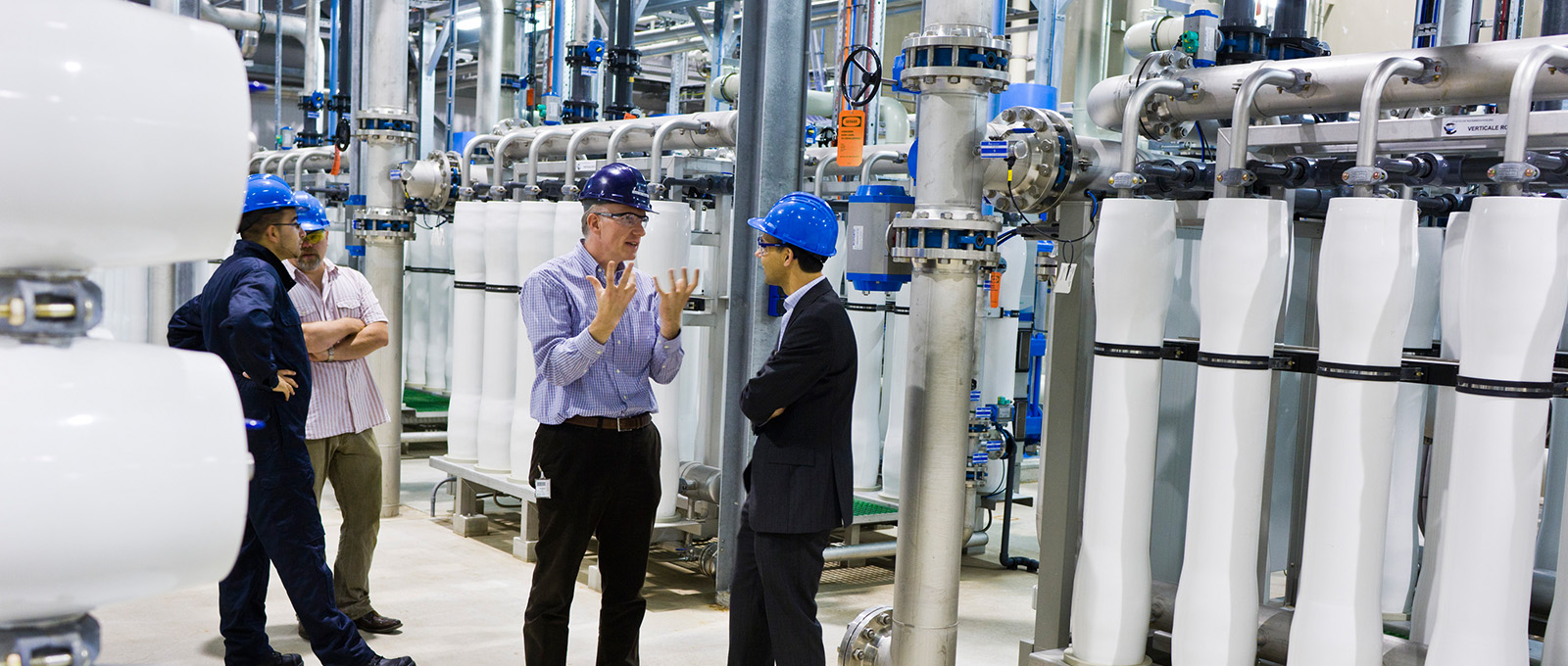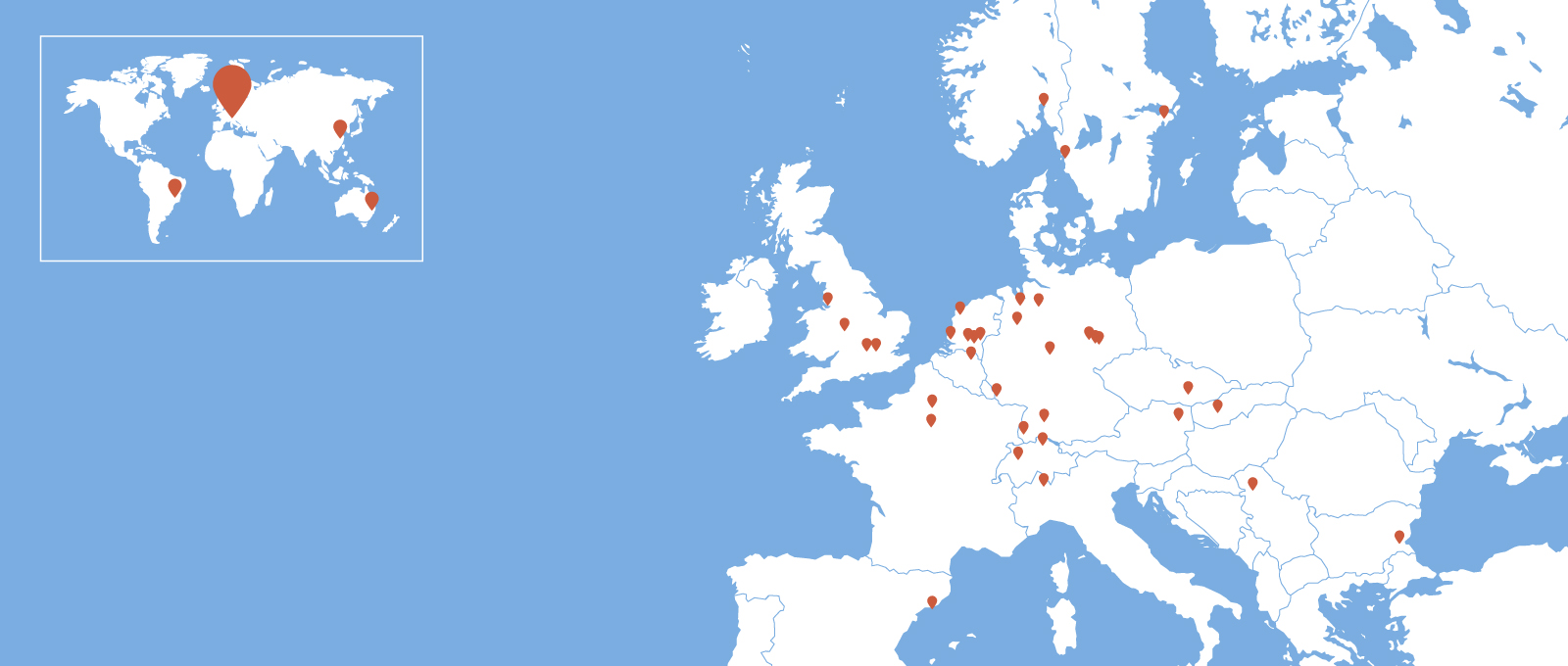Chemical Pollution
Currently, there are millions of known chemical substances ( latest number can be found on the link). Approximately 100,000 of them occur in everyday products, and many more are in use throughout industry worldwide. A good part of them ends up sooner or later into surface and groundwaters. While the presence and concentration of so-called Priority Pollutants and classical Persistent Organic Pollutants (POPs) are declining, there are strong indications that the complex mixture of numerous emerging pollutants including pesticides, biocides, personal care products, pharmaceuticals, additives to food and plastics, and many more pose a risk to aquatic ecosystems and human health.
SOLUTIONS searches for new and improved tools, models, and methods to support decisions in environmental and water policies. To this end, SOLUTIONS addresses major gaps in assessing the presence and effect of emerging pollutants including:
- detection at very low concentration
- toxicant identification
- fate prediction
- European scale exposure prediction
- scenarios for pollution of the future
- abatement options
